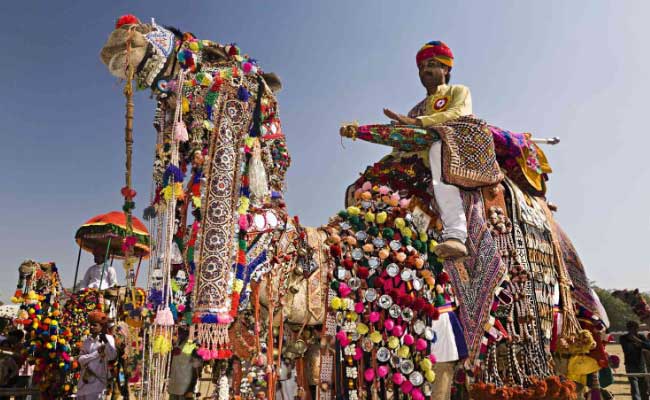Introduction
In an increasingly interconnected world, understanding and respecting cultural etiquette and customs is essential for successful interactions and building meaningful relationships. Whether you’re traveling for business or pleasure, or even engaging with individuals from different cultures in your own community, being aware of and sensitive to cultural norms can help foster positive experiences. This article explores the importance of cultural etiquette and customs and provides practical insights into navigating diverse cultural landscapes.
The Significance of Cultural Etiquette
Cultural etiquette serves as a set of guidelines that govern social behavior within a specific culture. It encompasses various aspects, such as greetings, gestures, dress codes, dining etiquette, and communication styles. By adhering to cultural etiquette, individuals demonstrate respect for local customs, beliefs, and values. It promotes understanding, minimizes misunderstandings, and builds bridges between diverse cultures.
Greetings and Non-Verbal Communication
Subtle variations in greetings and non-verbal communication can have significant implications across cultures. For instance, while a firm handshake is customary in Western cultures, a bow or a gentle handshake may be more appropriate in Asian cultures. Similarly, direct eye contact may be considered respectful in some cultures, while others may interpret it as confrontational. Understanding these nuances helps avoid potential offense and fosters positive first impressions.
Dining Etiquette
Sharing a meal with individuals from a different culture can be a delightful experience. However, it’s essential to be aware of dining etiquette customs to avoid unintentional breaches. For example, in some cultures, slurping soup is a sign of enjoyment, whereas it may be considered impolite in others. Familiarizing oneself with local customs, such as the proper use of utensils, table manners, and seating arrangements, ensures a harmonious dining experience and shows respect for the host culture.
Dress Code
Clothing choices vary significantly across cultures, reflecting traditions, religious beliefs, and societal norms. Understanding appropriate dress codes is crucial to avoid causing offense or discomfort. For instance, in conservative cultures, it is respectful to dress modestly, covering shoulders and knees. In contrast, some cultures have more relaxed dress codes. By dressing appropriately, visitors demonstrate cultural sensitivity and acknowledge the values and norms of the host culture.
Communication Styles
Effective cross-cultural communication requires awareness of differing communication styles. In some cultures, direct communication is valued, while others prefer indirect or subtle communication. Understanding these preferences helps avoid misunderstandings and promotes effective dialogue. Active listening, using appropriate body language, and being aware of cultural norms surrounding personal space and touch are essential in establishing rapport and building relationships.
Cultural Sensitivity in Business
In the global business arena, cultural sensitivity plays a pivotal role in achieving successful outcomes. Business customs, negotiation styles, and hierarchical structures vary across cultures. For example, in some cultures, building personal relationships before discussing business is essential, while in others, efficiency and directness are valued. Adapting to cultural norms, addressing individuals with appropriate titles, and showing respect for local customs are critical for building trust and fostering fruitful business partnerships.
Overcoming Stereotypes and Prejudice
Cultural etiquette is not only about adapting to customs but also about challenging stereotypes and prejudices. It involves recognizing the diversity within cultures and avoiding assumptions based on limited knowledge or biased beliefs. Engaging in intercultural experiences, actively seeking to understand different perspectives, and embracing cultural diversity are vital steps towards breaking down barriers and promoting inclusivity.
Conclusion
Cultural etiquette and customs form the foundation of respectful and meaningful interactions in a diverse world. By embracing cultural sensitivity, individuals can navigate unfamiliar cultural landscapes with ease, foster positive relationships, and contribute to a more inclusive global community.
![]()





